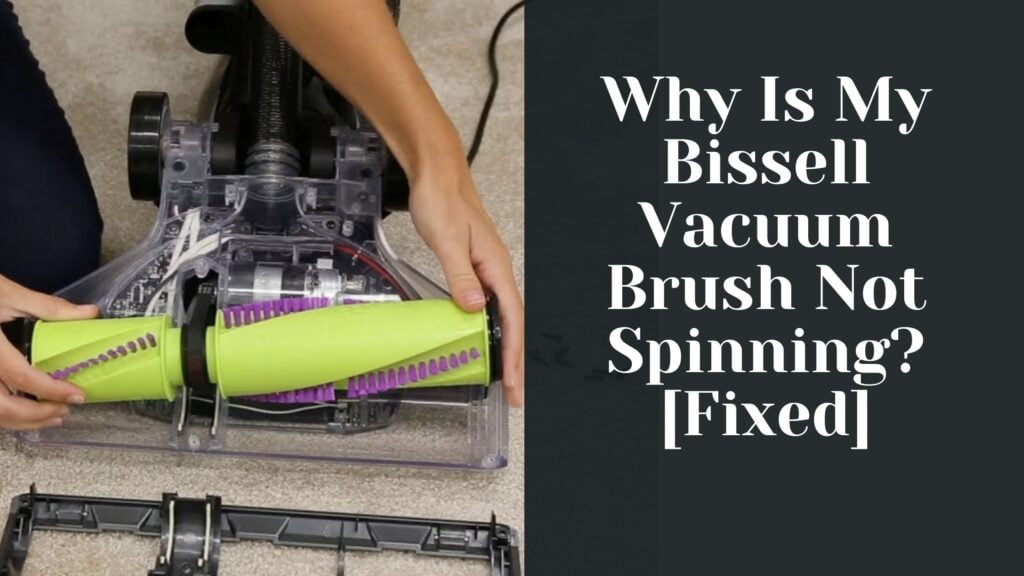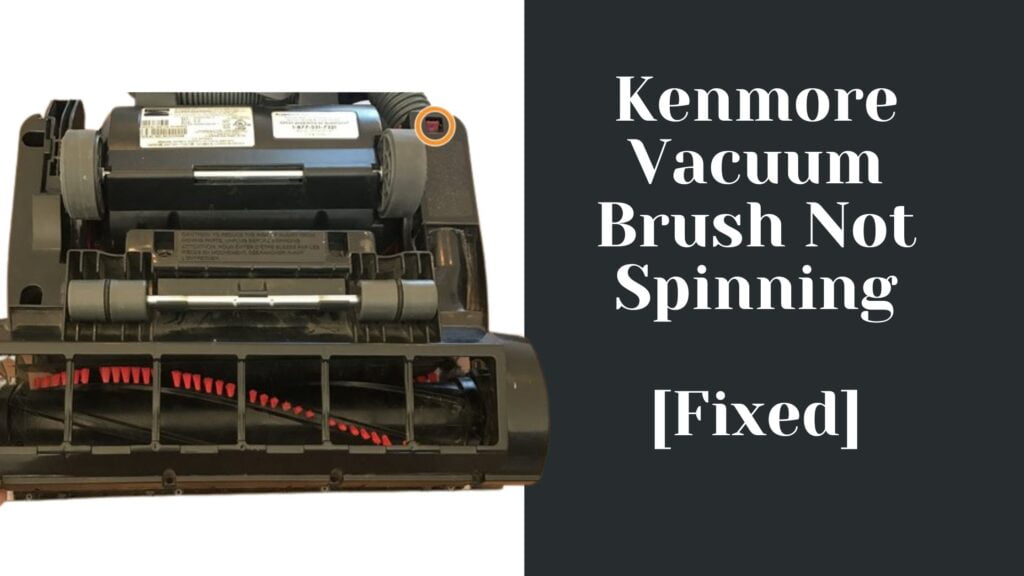Vacuum cleaners are indispensable tools for maintaining a clean and healthy living environment.
But when they start acting up, it can be more than a little frustrating.
One common problem many users encounter is a weird suction noise from their Shark Vacuum.
In this guide, I will provide detailed steps for troubleshooting this issue, addressing every possible cause, and guiding you on what to do should none of these steps rectify the problem.
You’ll also find advice on checking your warranty and contacting the manufacturer for professional assistance 🙂
Why Your Shark Vacuum Makes Weird Suction Noise
Your Shark Vacuum may be making weird suction noises due to a range of issues including blockages, filter problems, worn out or damaged parts, or even motor issues.
This guide will help you diagnose the issue and take corrective measures step-by-step.
If none of the provided solutions work, it’s advisable to check if your vacuum is still under warranty and, if it is, contact Shark for professional assistance.
Blockages
Diagnosing and Clearing Blockages
A common cause of weird suction noises in your Shark Vacuum is blockages.
These can occur in various parts of the vacuum including the hose, brush roll, or dust cup.
A blockage can create a noise as the vacuum struggles to function properly.
To diagnose and clear blockages, follow these steps:
- Unplug the vacuum: Always disconnect your vacuum from the power source before beginning any troubleshooting procedures. Safety is paramount.
- Inspect the hose, brush roll, and dust cup: Remove the hose from the vacuum and visually inspect it for any blockages. Do the same for the brush roll and the dust cup. You may use a long, thin rod to dislodge any blockages within the hose, and carefully cut away any tangled debris from the brush roll.
- Clear the blockages: If you’ve found any blockages, ensure to clear them completely from the component before reassembling your vacuum.
Filter Problems
Checking and Resolving Filter Issues
Another potential cause of the unusual suction noise could be problems with your vacuum’s filters.
A dirty or improperly installed filter can disrupt the vacuum’s normal operation. To resolve filter issues:
- Unplug the vacuum: Safety first! Always disconnect your vacuum from the power source before starting your troubleshooting.
- Inspect the filters: Refer to your user’s manual to identify and remove your vacuum’s filters. If they appear dirty or damaged, you’ll need to clean or replace them.
- Clean or replace filters: Most Shark Vacuum filters are washable. Rinse them under lukewarm water and let them air dry completely before reinstalling. If they appear damaged or excessively worn, you’ll need to replace them.
Worn Out or Damaged Parts
Identifying and Replacing Damaged Parts
Worn out or damaged parts can also result in unusual suction noises. The vacuum belt or brush roll are common parts that might get worn out or damaged.
To identify and replace these parts:
- Unplug the vacuum: Disconnect your vacuum from the power source before starting your inspection.
- Inspect the belt and brush roll: Look for signs of wear or damage on the belt and brush roll. A loose or broken belt, or a brush roll that doesn’t spin freely, could be the cause of the problem.
- Replace damaged parts: If any parts are worn out or damaged, they need to be replaced. Purchase suitable replacements for your specific Shark Vacuum model and refer to your user’s manual for guidance on replacing these parts.
Motor Issues
Diagnosing and Handling Motor Problems
In rare cases, the motor itself could be the culprit behind the weird suction noise.
To diagnose and handle motor problems:
- Unplug the vacuum: Disconnect the vacuum from the power source for safety.
- Listen closely: If the noise changes when you adjust the power level, it could be a motor issue. Motor problems typically require professional repair. In such cases, it’s best to check your warranty and contact the manufacturer.
Dust Bag or Canister Issues
Checking and Resolving Dust Bag or Canister Problems
If your Shark Vacuum has a dust bag, it being full or improperly installed could cause abnormal suction noises.
Similarly, issues with the canister could lead to strange sounds.
To resolve these problems:
- Unplug the vacuum: Always disconnect the vacuum from the power source before troubleshooting.
- Check the dust bag or canister: If your vacuum uses a dust bag, check if it’s full or improperly installed. If it uses a canister, inspect it for any cracks or damage.
- Replace or fix the issue: If the dust bag is full, replace it. If it’s improperly installed, refer to your user manual for proper installation instructions. If the canister is damaged, it may need to be replaced.
What to Do if Nothing Works
If you’ve exhausted all these troubleshooting steps and your vacuum is still making weird suction noises, it’s time to check if your vacuum is still under warranty.
If it is, reach out to the manufacturer for assistance. Shark’s customer support is known for being helpful and responsive.
If your vacuum is not under warranty, consider taking it to a professional for repair. While it may be more expensive, it’s safer than attempting a complex repair on your own.
Wrapping Up
So there you have it – an exhaustive guide on how to troubleshoot and fix weird suction noises from your Shark Vacuum 🙂
Always remember, safety comes first when attempting any form of maintenance or repair on your appliance, so do not attempt doing anything you are not comfortable with!


















